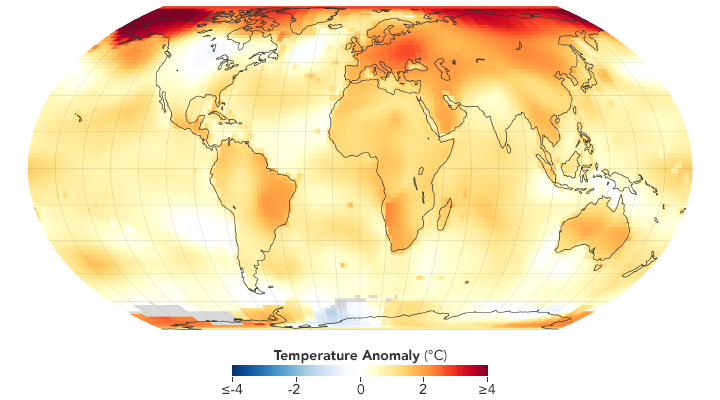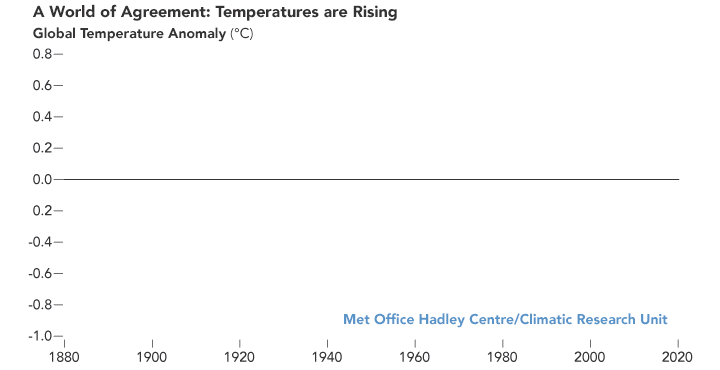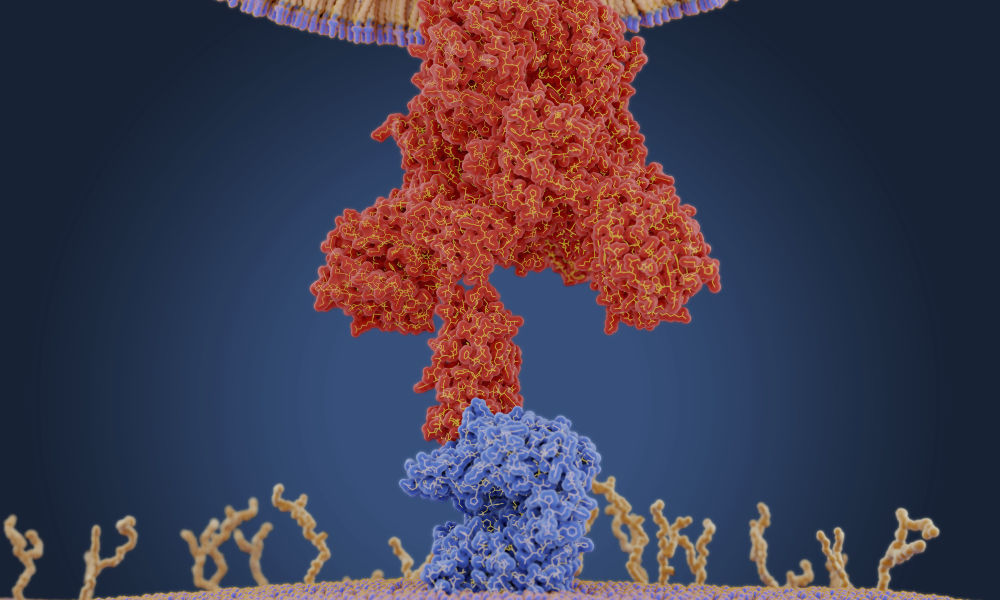
February 2, 2021
The Honourable John Horgan, M.L.A., Premier of British Columbia
The Honourable Adrian Dix, M.L.A., Minister of Health
Re: Provincial Leadership on National Pharmacare Program
Dear Premier Horgan and Minister Dix,
Canadians cherish their Medicare system. This support crosses all geographic, demographic and political divides. There is a reason that Tommy Douglas was famously voted the “Greatest Canadian”: and that reason is his role – and that of the Co-operative Commonwealth Federation (CCF) – in bringing single-payer public health insurance to this country.
Since the introduction of the 1947 Saskatchewan Hospitalization Act, the CCF/NDP have – as a core mandate – advanced the vision of Medicare as a right of citizenship for Canadians.
We are writing you to ask you to once again fulfill this historic mission through ensuring the government of British Columbia becomes a leading voice in the national effort to achieve universal, public Pharmacare.
Tommy Douglas’s vision for Medicare wasn’t supposed to end at the hospital door. As you know, Canada is the only nation with a single-payer healthcare system that does not include the cost of drugs in that system. Canadians, by an overwhelming margin, believe this flaw in Medicare needs to be fixed.
In a recent poll by the Angus Reid Institute conducted in partnership with UBC’s School of Population and Public Health; St. Michael’s Hospital and University of Toronto; the Carleton University Faculty of Public Affairs and School of Public Policy and Administration; andWomen’s College Hospital, Toronto, nearly 9 in 10 Canadians support a national Pharmacare program.
This near unanimity is at least partly explained by the stresses of the COVID-19 pandemic. In the same poll, nearly one quarter of Canadians reported that they have recently decided not to fill a prescription or not to renew one due to cost or taken measures to extend it because they could not afford to keep the recommended dosage schedule.
In the September 23, 2020 Speech from the Throne, the federal government again committed to a universal national Pharmacare program and to “accelerate steps to achieve this system.”
This federal commitment was affirmed again earlier this year in the new mandate letter to the federal minister of health, issued on January 15, which asked that the federal minister work “with provinces and territories that are willing to move forward without delay, [to] accelerate steps to achieve a national, universal pharmacare program”, recognizing that the work needs to be accelerated given “COVID-19 has intensified the health inequities and barriers to care across the country”.
It is imperative that this commitment be made real through a line item in the upcoming federal budget and in keeping with the recommendations from the final report of the Advisory Council on the Implementation of National Pharmacare.
As per the timeline in the Advisory Council’s final report, a national formulary of essential medicines should come into force by January 1, 2022. Considering the growing and urgent need for universal Pharmacare – with hundreds of thousands of people having lost access to employer-sponsored drug plans in recent months – we are calling for this process to be expedited, so that essential medicines can be made available on a universal basis by July 1, 2021.
In the midst of COVID-19, we cannot delay access to essential medicines any further. Hospitals are overwhelmed with patients across the country, and the risk of airborne transmission of the virus has been firmly established. To avoid unnecessary hospital visits that result from a lack of access to prescribed medications, we urgently need universal access to a list of essential medicines.
We have called upon the federal government to dedicate $3.5 billion toward universal coverage for a list of essential medicines – as recommended by the Advisory Council’s final report – in the 2021 Federal Budget. We have also called upon the federal government to usher in this program by July 1 to speed up access for those in need.
On July 1, 1958, the Hospital Insurance and Diagnostic Services Act came into force, and on that day in 1968, the Medical Care Act came into force. Having a list of essential medicines accessible to all people in Canada by July 1, 2021, would begin the fulfillment of an essential yet missing piece of Medicare. And it would do so on the most fitting of days – marking 153 years since Confederation – for our country’s most cherished achievement.
We recognize that Pharmacare cannot move ahead without the participation of the provinces and territories. We are encouraged by the federal government’s Speech from the Throne commitment to work “…with provinces and territories willing to move forward without delay”. We are also pleased with your government’s recent platform commitment to universal pharmacare and the stipulation in Minister Dix’s mandate letter that he continue to fight to make sure the federal government remains focused on a national pharmacare program so you can bring down the cost of pharmaceuticals to make life more affordable for all British Columbians.
At this critical moment, Canadians need British Columbia to lead. Your government can play a key role in the creation of this new social program for all Canadians. Your voice, your actions, will be central to the debate in the weeks and months ahead.
We look forward to working with you to accelerate the implementation of a national, universal, public and single-payer Pharmacare program, and to the completion of Tommy Douglas’s Medicare vision.
Sincerely,
Rick Smith
Executive Director, Broadbent Institute
Laird Cronk
President, BC Federation of Labour
Anita Huberman
CEO, Surrey Board of Trade
Jeff Sommers
Director, Health and Policy Systems, BC & Yukon Heart and Stroke Foundation
Mark Hancock
National President, Canadian Union of Public Employees
Steve Morgan, PhD
Professor of health policy at UBC and Founder of Pharmacare 2020
Pauline Worsfold, RN
Chair, Canadian Health Coalition
Marie Clarke Walker
Secretary-Treasurer, Canadian Labour Congress
Danyaal Raza
Chair, Canadian Doctors for Medicare
Christina Warner and Ravi Joshi
Co-Executive Directors, Council of Canadians
Josh Bizjak
Executive Director, Douglas-Coldwell Foundation
Linda Silas
President, Canadian Federation of Nurses Unions
Larry Brown
President, National Union of Public and General Employees







